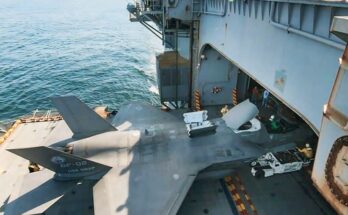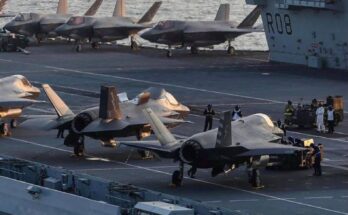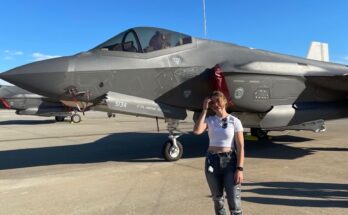
The Sikorsky MH-60R Seahawk, often referred to as the “Romeo,” is the U.S. Navy’s primary multi-mission maritime helicopter. Developed from the SH-60B and SH-60F Seahawk models, the MH-60R represents a significant leap forward in capability, combining advanced sensors, weapons systems, and avionics into a single, versatile platform. Entering service in the mid-2000s, the MH-60R has become the backbone of naval helicopter operations worldwide.
The Seahawk is primarily tasked with anti-submarine warfare (ASW) and anti-surface warfare (ASuW), roles that are critical to maintaining control of the seas. Equipped with a sophisticated suite of sensors, the MH-60R can detect, track, and engage enemy submarines and ships. Its systems include a dipping sonar, sonobuoy launcher, multi-mode radar, and an electronic support measures package, which together provide crews with a detailed picture of the maritime environment.
For anti-submarine operations, the helicopter’s dipping sonar is a crucial tool. Crews can lower the sonar into the water while hovering, allowing them to detect submarine activity at varying depths. Combined with the ability to deploy sonobuoys and analyze acoustic data, the MH-60R can hunt submarines effectively across large areas. Once a threat is identified, the helicopter can employ Mk 54 lightweight torpedoes, giving it a lethal strike capability against submerged targets.
In its surface warfare role, the MH-60R is equipped with radar capable of tracking surface contacts over wide ranges, even in challenging sea states. The aircraft can carry AGM-114 Hellfire missiles, allowing it to engage fast attack craft and other hostile vessels. This makes the Seahawk an essential asset in littoral environments, where small but dangerous surface threats are common. Door-mounted machine guns also provide additional firepower for close-in defense and support.
Beyond its combat roles, the MH-60R is a highly adaptable platform that supports secondary missions such as search and rescue, logistics, and medical evacuation. Its spacious cabin and rescue hoist allow for personnel recovery in both combat and peacetime operations. It can also transport cargo, deliver supplies between ships, and support humanitarian missions when needed.
The helicopter’s cockpit features advanced digital displays and integrated mission systems, enabling crews to process information quickly and operate effectively in high-pressure situations. Networking capabilities allow the MH-60R to share data with ships, aircraft, and command centers, making it a vital node in the Navy’s broader battle network. This interoperability ensures that information gathered by the helicopter can immediately support decision-making at multiple levels.
With a crew typically consisting of two pilots and one or two sensor operators, the Seahawk is designed for demanding operations at sea. Its folding rotor blades and tail allow it to fit within the confined spaces of ship hangars, making it ideal for deployment aboard destroyers, cruisers, and aircraft carriers.
The MH-60R Seahawk is not only a cornerstone of U.S. naval aviation but has also been adopted by several allied navies, including those of Australia, Denmark, and India. Its combination of advanced sensors, weapons, and versatility ensures it will remain a dominant force in maritime aviation for decades.


